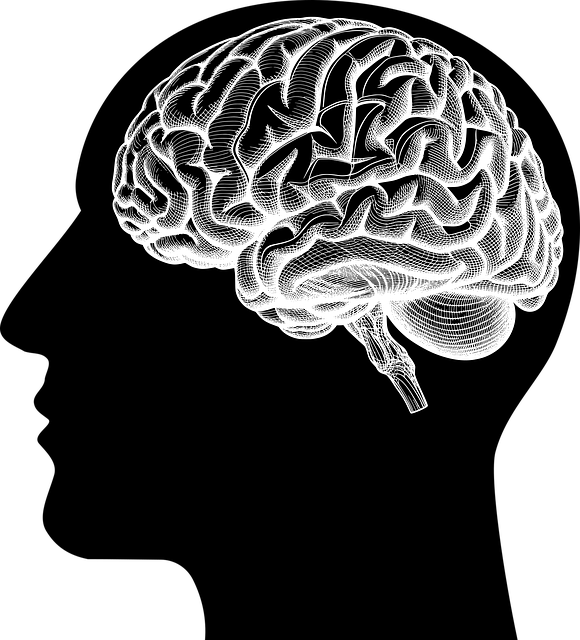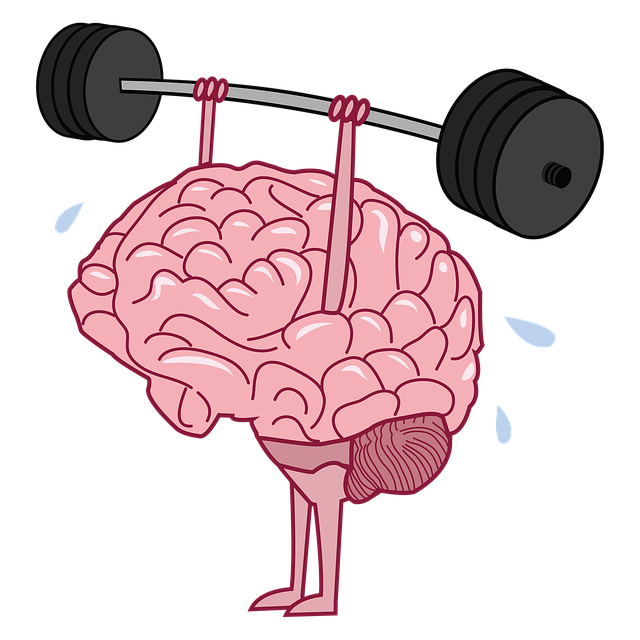Greenwood Village Chronic Pain Therapy prioritizes patient safety with a comprehensive risk assessment process that considers physical, psychological, and social factors. This includes evaluating medical history, medications, and lifestyle. By identifying potential harms, therapists develop tailored mitigation strategies using evidence-based practices and client-centered care, empowering patients with coping mechanisms and enhancing overall well-being. A proactive harm minimization plan focuses on individual needs, addressing challenges like medication side effects and emotional stressors through dynamic treatment adaptations, ensuring effective, responsive care.
Greenwood Village Chronic Pain Therapy employs rigorous risk assessment and harm minimization planning to ensure patient safety. This comprehensive approach delves into identifying potential risks associated with chronic pain therapy, ranging from medication management to psychological impacts. By understanding these risks, our team develops tailored strategies to mitigate harm. Through a structured process, we create and implement plans that proactively address challenges, ensuring optimal care for every patient at Greenwood Village Chronic Pain Therapy.
- Understanding Risk Assessment in Chronic Pain Therapy
- Identifying Potential Harms and Mitigation Strategies
- Developing a Comprehensive Harm Minimization Plan
- Implementing and Monitoring the Plan at Greenwood Village Chronic Pain Therapy
Understanding Risk Assessment in Chronic Pain Therapy

Risk assessment is a critical component of chronic pain therapy, ensuring patient safety and effective treatment at Greenwood Village Chronic Pain Therapy. It involves identifying potential risks, evaluating their likelihood and impact, and implementing strategies to minimize harm. This comprehensive process considers various factors unique to each patient, such as medical history, current medications, and lifestyle. By meticulously analyzing these aspects, healthcare providers can tailor interventions that address specific pain management needs while mitigating adverse outcomes.
In the context of chronic pain, risk assessment goes beyond merely identifying physical hazards. It also delves into psychological and social risks, recognizing that self-care routine development for better mental health is paramount. Incorporating mindfulness meditation and trauma support services as part of the treatment plan can significantly enhance patient well-being. These interventions not only foster resilience but also equip individuals with coping mechanisms to navigate pain management journeys more effectively.
Identifying Potential Harms and Mitigation Strategies

Identifying potential harms is a crucial step in any risk assessment process for Greenwood Village Chronic Pain Therapy practices. By thoroughly evaluating treatments, procedures, and environmental factors, therapists can pinpoint areas where harm may occur. This proactive approach allows for the development of tailored mitigation strategies that prioritize patient safety and well-being. For instance, for chronic pain therapy, potential harms could include adverse reactions to medications, exacerbation of existing conditions, or psychological distress related to treatment disclosure.
Effective harm minimization involves not only identifying risks but also designing interventions based on evidence-based practices and client-centered care. Greenwood Village Chronic Pain Therapy can leverage Mental Wellness Coaching Programs Development to empower patients with coping mechanisms, enhance Stress Reduction Methods, and foster open communication. These strategies, when integrated into therapy sessions, contribute to a holistic approach that addresses both physical and mental wellness, ensuring clients receive comprehensive care tailored to their unique needs.
Developing a Comprehensive Harm Minimization Plan

Developing a comprehensive harm minimization plan is a cornerstone of responsible healthcare practice, especially in areas like Greenwood Village Chronic Pain Therapy. This involves a multi-faceted approach that goes beyond simply identifying risks. It encompasses strategic interventions designed to anticipate and mitigate potential harms, ensuring patient safety and well-being. Such plans must be tailored to the specific needs of the patient population served, incorporating evidence-based practices and innovative solutions.
For mental health professionals in Greenwood Village, risk management planning is not just a regulatory requirement but a vital tool for burnout prevention. By implementing empathy-building strategies within harm minimization protocols, healthcare providers can foster deeper connections with patients, enhance therapeutic outcomes, and reduce the emotional toll of their work. This holistic approach, drawing from concepts like those found in Burnout Prevention Strategies for Healthcare Providers, promises to revolutionize mental health care, making it more effective and compassionate.
Implementing and Monitoring the Plan at Greenwood Village Chronic Pain Therapy

At Greenwood Village Chronic Pain Therapy, implementing and monitoring a harm minimization plan is a multifaceted process. The first step involves identifying potential risks and triggers unique to chronic pain management, such as medication side effects or emotional stressors. Once identified, these risks are addressed through collaborative efforts between therapists, patients, and their support networks. Regular check-ins and progress reviews serve as a robust monitoring system, allowing for swift adjustments to the treatment plan.
The Crisis Intervention Guidance plays a pivotal role in this process by equipping both patients and therapists with tools to manage acute exacerbations or anxiety relief. Encouraging self-care practices tailored to individual needs further enhances resilience and mitigates potential harms. Through continuous evaluation and adaptation, Greenwood Village Chronic Pain Therapy ensures that its harm minimization plan remains dynamic, responsive, and aligned with the evolving needs of each patient.
Greenwood Village Chronic Pain Therapy recognizes that risk assessment and harm minimization are paramount for patient safety. By understanding the complexities of chronic pain management, identifying potential harms, and implementing comprehensive strategies, the therapy center can effectively mitigate risks and enhance patient outcomes. This structured approach ensures that Greenwood Village Chronic Pain Therapy not only adheres to best practices but also fosters a safe and supportive environment for every patient, promoting long-term relief and improved quality of life.














